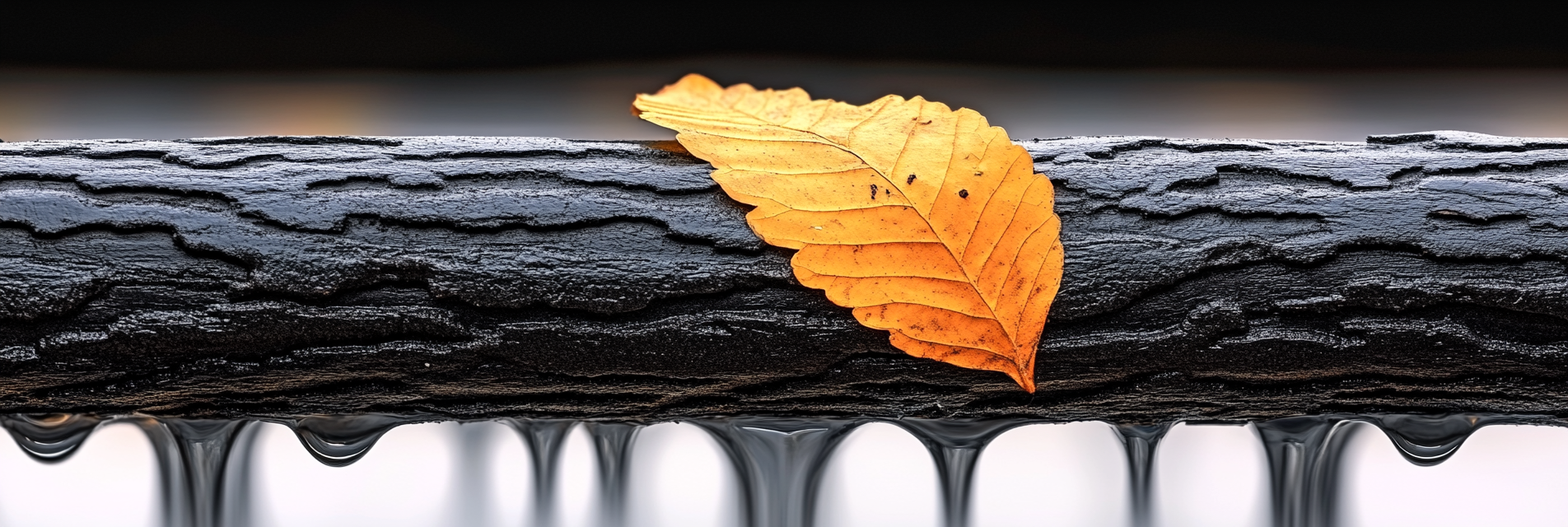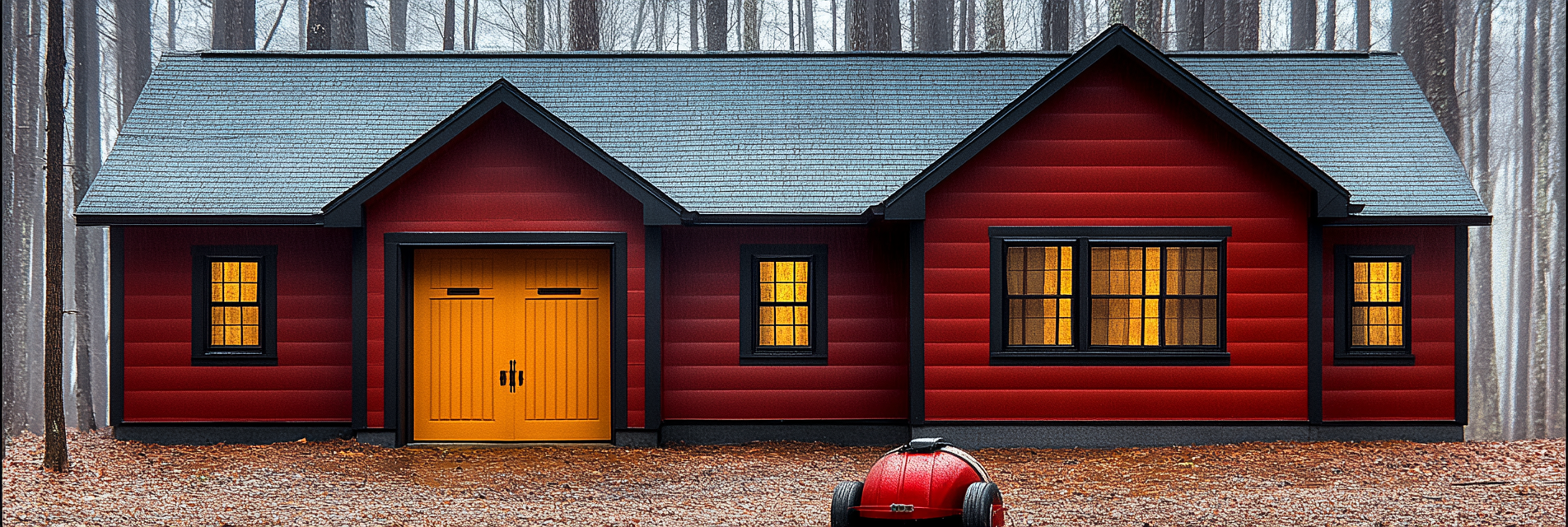Flooding is one of the most common and costly natural disasters, yet many homeowners mistakenly believe that their standard home insurance policy covers it. It’s one of the biggest misconceptions about home owner’s insurance there may be. This article will explain what flood insurance is, why you may need it, and how to obtain the right coverage for your home here in the Tri-Cities area.
1. What Is Flood Insurance?
Flood insurance is a type of policy that provides coverage for damage to your property caused by flooding. Flooding can occur due to heavy rain, storm surges, melting snow, and overflowing rivers or lakes. It is for water that enters the home from outside, but should not be considered the same type of insurance that covers a water pipe breaking in your house. Your standard home insurance policy should cover that.
What Does Flood Insurance Cover?
- Structural Damage: The policy covers damage to the building itself, including walls, floors, roofs, and of course and major systems such as plumbing and electrical that may need to be repairs or replaced.
- Contents Coverage: This can include personal property such as furniture, electronics, and clothing, although contents coverage is optional and may need to be purchased separately.
Important Note: Flood insurance does not typically cover damage from water backup from drains or sewers unless you have a specific endorsement. That’s important to know!
2. Why You Might Need Flood Insurance
Flood insurance is essential if you live in an area prone to flooding, but even those outside high-risk zones may benefit from this additional coverage, such as living in Kennewick, Pasco, or Richland.
Key Reasons to Consider Flood Insurance:
- Flood Risk Areas: If your home is located in a high-risk flood zone, mortgage lenders may actually require you to carry flood insurance. Be sure to take that into account when looking to buy a house in a flood zone.
- Increasing Flood Events: Some areas not previously considered at risk are experiencing more flooding, so be sure to know the conditions for your specific area.
- Potential Costs: According to FEMA, just one inch of water can cause up to $25,000 in damage.
Expert Tip: Use FEMA’s Flood Map Service Center to determine if your home is in a high-risk flood area (https://www.fema.gov/flood-maps).
3. What Isn’t Covered by Flood Insurance?
Understanding the exclusions in a flood insurance policy is as important as knowing what is covered. This surprises a lot of people.
Common Exclusions:
- Basement Items: While structural components of the basement are typically covered, personal property in basements isn’t.
- Temporary Housing Costs: Expenses for temporary housing while your home is being repaired are generally not something you can make a claim for.
- Preventive Measures: Damage that could have been prevented by homeowner actions may be excluded. Know what is considered maintenance because your insurance company knows how to wiggle out of claims.
Pro Tip: Review the terms and conditions of your flood insurance policy carefully to avoid surprises when filing a claim. We recommend working with Adam Hoover at Country Financial (https://advisors.countryfinancial.com/usa/wa/kennewick/adam-hoover).
4. How to Get Flood Insurance
Flood insurance is available through the National Flood Insurance Program (NFIP) and private insurers. Check with your property and casualty insurance agent.
Steps to Obtain Coverage:
- Contact Your Insurance Agent: Most home insurance providers will gladly sell you a flood insurance policy for the right price.
- Research Private Insurers: In addition to the NFIP, some private insurers offer flood coverage with different terms and conditions that you should review in detail to see if they make sense for you.
- Compare Policies: Evaluate policy limits, premiums, and exclusions to choose the best option for your needs. Consult with a professional to help understand things further.
Product Recommendation: Invest in water alarms that alert you to leaks or flooding in your home. They’re a proactive measure to minimize damage and allow for quicker response times.
5. Cost Considerations for Flood Insurance
The cost of flood insurance varies based on several factors, including your home’s location, elevation, and the amount of coverage you want or need for the mortgage company if they require it.
Factors That Impact Premiums:
- Location: Homes in high-risk flood zones will have higher premiums. Be sure to get a homeowner’s quote before you buy the home in a flood zone.
- Elevation: Properties at higher elevations are generally less expensive to insure when it comes to flooding. Windstorm insurance may differ.
- Deductible Choice: Higher deductibles can lower your premium but will increase out-of-pocket costs before your insurance will kick in if you make a claim.
Expert Tip: Consider an elevation certificate to demonstrate your property’s elevation and potentially lower your insurance premiums. Ask your flood insurance professional about this.
6. Filing a Flood Insurance Claim
Knowing how to file a claim efficiently can make the recovery process smoother.
Steps for Filing a Claim:
- Contact Your Insurer: Notify them immediately after a flood. There could be a long line of homes affected. The queue could be extensive.
- Document the Damage: Take photos and videos of all affected areas and damaged items. Fill up your phone with pictures and video and store them in the cloud.
- Complete a Proof of Loss Form: This form must be submitted within 60 days of the flood. This is very important to know.
Safety Tip: Always prioritize safety when entering a flooded area. Wear protective gear and be aware of electrical hazards.
Conclusion
Flood insurance is an essential part of home protection, especially for those in flood-prone areas. Often people don’t know their homeowner’s policy doesn’t cover flooding. By understanding your policy options and coverage details, you can make informed decisions and safeguard your home and family’s finances. Dryer Fire Fighters recommends Tri-Cities homeowners to take proactive steps in assessing their flood risk and getting a flood insurance policy if they deem it necessary.
Serving the communities of:
Kennewick | Pasco | Richland | West Richland | Finley | Burbank | Benton City | Prosser | Grandview | Connell
As the sole certified dryer exhaust technician recognized by CSIA.org in the Tri-Cities area, Paul brings a wealth of expertise to fire prevention. His primary focus lies in addressing the root cause of many residential fires: lint buildup in dryer cavities and vents. Through rigorous inspections and thorough cleanings, Paul ensures that families and businesses can enjoy peace of mind, knowing their properties are safeguarded against fire risks.








































